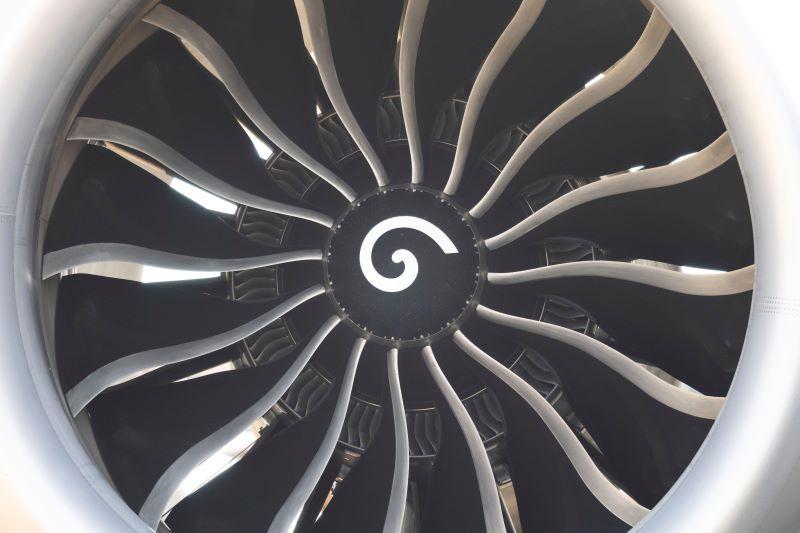
This month, Archer Aviation closed a deal with Georgia state officials for local government incentives and started construction on a manufacturing plant that could produce hundreds of electric vertical takeoff and landing (eVTOL) vehicles.
Last month, rival Joby Aviation said it was “actively evaluating proposals from a number of U.S. states” for that California company’s Phase 1 plant.
What do these announcements have in common? The answer: they represent tangible examples of ongoing domestic aerospace manufacturing opportunities and show that U.S. states and localities have much more to compete over, even if large defense primes and commercial OEMs are announcing few new major programs.
The catch: like in the business world, leaders and incumbents have many advantages, and the difference between the best and the rest is only hardening as the size and type of new opportunities changes.
States and localities no longer can rely on simply wooing a brand-name company that swoops in to create a whole industrial ecosystem, and in turn builds up a sleepy locality. Gone are the days where Airbus puts Mobile, Alabama, on the map for narrowbody final assembly lines, or Boeing boosts North Charleston, South Carolina, into the top echelon of widebody manufacturing.
Instead, states and communities must attract small and innovative companies pursuing new defense technology or sustainability-related projects. The new game in local economic development, at least when it comes to aerospace and defense, is landing and supporting new-age efforts such as eVTOLs, supersonic, hypersonics, commercial space startups, sustainable aviation fuels, UAS and counter-drone, and so on.
What remains constant is the need for winning localities to create the building blocks themselves, e.g., creating local infrastructure, establishing business tax incentives, embedding workforce development programs, etc. Not surprisingly, those that have been doing well already continue to lead the pack in the latest assessment of domestic best-places to do aerospace business.
According to PwC’s just-released aerospace manufacturing attractiveness rankings as of 2022, the latest top states essentially are the same as in 2021 and 2020, with just two exceptions. Virginia rose to ninth from 11th in 2020, while last year’s 10th-place Kansas dropped to 21st.
PwC said the sunflower state’s plunge was due to its infrastructure metric (down from second to 25th place). However, the launch in mid-2022 of the Kansas Infrastructure Hub could soon restore the state’s strength on this score.
“This year’s state rankings emphasize the impressive resilience of U.S. civil aviation manufacturing, despite the demand and supply-chain shocks of the COVID-19 era and the uncertainties of the current inflationary period,” PwC said. “The need for workforce development—growth, diversification, education and retraining—and the efforts underway to address that need also emerge strongly as themes in many states.”
The consultancy advised that states with well-developed supply networks to the U.S. military, especially those that have invested in research and development capabilities in recent years, could expect strong growth in and beyond 2023.
Meanwhile, competition among top states to attract space sector investment and green aviation startups reveals a growing emphasis on public-private collaborations and the development of new technologies that cross the boundaries among the civil, defense and space areas. While innovation in past decades was often likely to cascade down into civil aviation from NASA and the military, today the reverse is just as likely.
In the midterm, sustainability, new defense technology and commercial space might not be the massive economic engines many localities are hoping for when it comes to moving the proverbial needle of economic development. But with commercial and defense end-markets simultaneously beginning what could be historic up-cycles, industry as a whole could be on the cusp of its greatest buildup ever.
Anyone looking to get on board the Great Ramp-Up should look to anchor whatever opportunities they can, and that means setting up their own conditions first.
